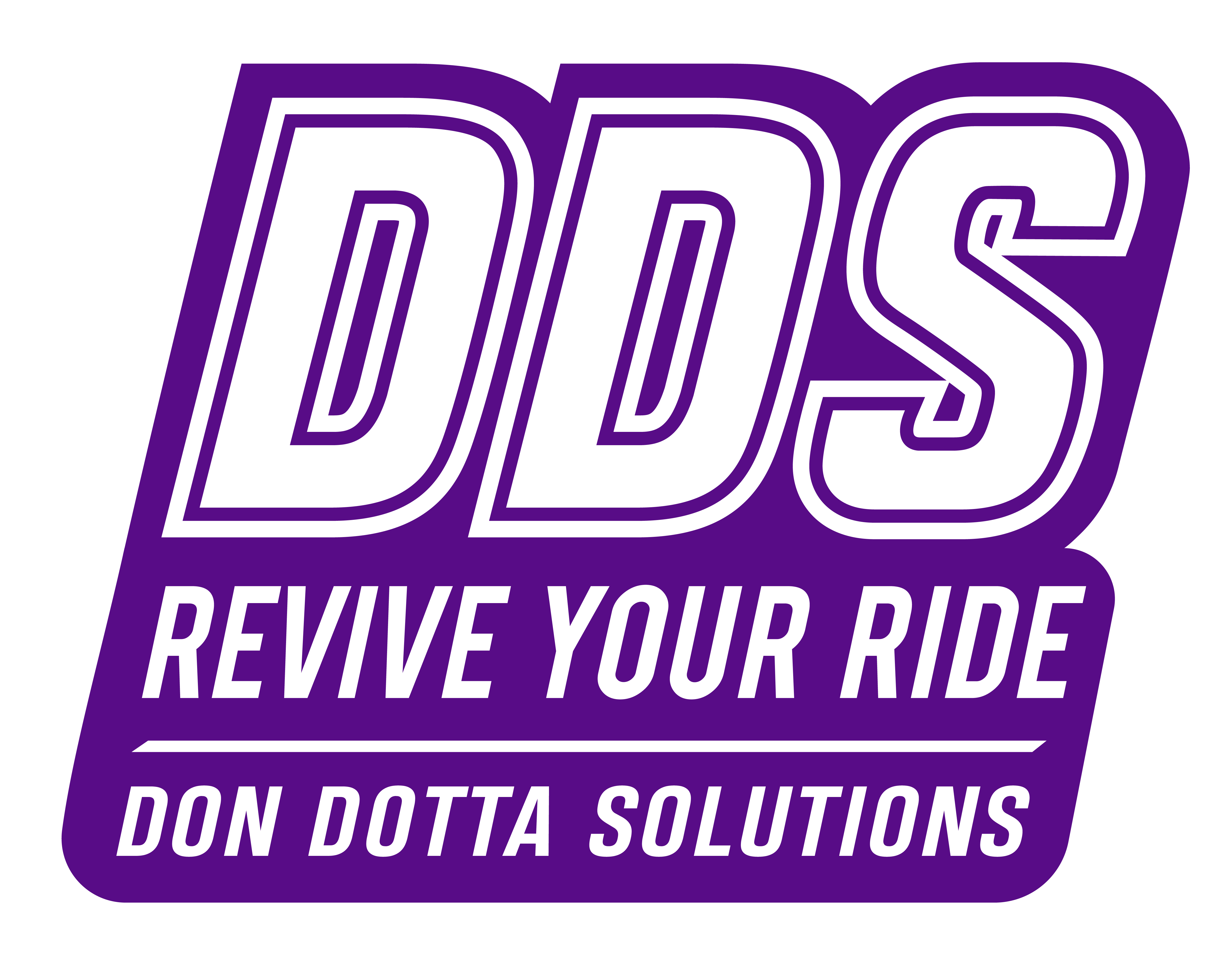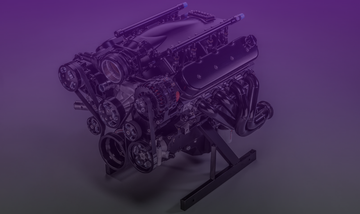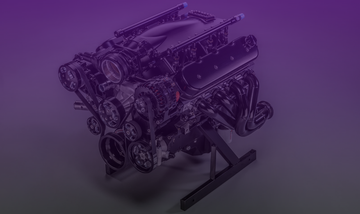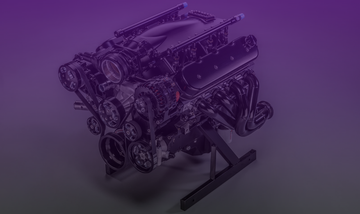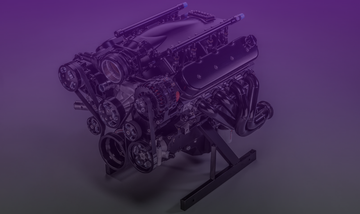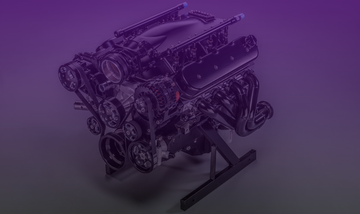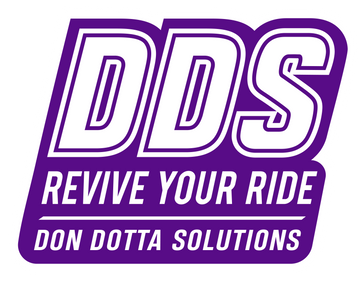Tuning the Beast: Getting the Most Out of Your LS-Powered C10
The swap gets it running — the tune makes it unforgettable.
The LS swap might get your C10 running — but proper tuning is what makes it roar. Dialing in air–fuel ratios, ignition timing, and ECU mapping can unlock hidden horsepower and dramatically improve drivability. Whether you’re running a stock LS3 or a built LS7, a thoughtful tune delivers performance, efficiency, and reliability. In this guide, we cover the fundamentals of LS tuning, common mistakes to avoid, and why a professional calibration can take your truck from good to unforgettable.
“Great tuning isn’t guesswork — it’s data, discipline, and repeatable results.”
The Foundations: AFR, Timing, and Load
Every tune balances three pillars: air–fuel ratio (AFR), spark timing, and engine load modeling. Cruising requires stoichiometric AFR for clean emissions and economy, while wide-open throttle demands richer mixtures for power and cooling. Spark maps must advance enough to make power without detonation, and load models (via MAF or speed-density/VE tables) tell the ECU how much air the engine is swallowing at any given moment.
If the ECU thinks the engine is seeing less air than reality, fueling and spark will both be wrong. That’s why accurate MAF calibration or a well-modeled VE table is step one for a stable tune.
Tools of the Trade: Sensors and Software
LS platforms reward tuners who log everything. A quality wideband O₂ is non-negotiable for verifying commanded vs. actual AFR. Knock sensors, intake air temp, coolant temp, MAP, and MAF data help validate the model. Modern tuning suites allow you to edit base fuel, spark, idle, fan control, torque management, and transmission behavior — then compare passes to see what actually changed.
Pro tip: save versions of your tune with notes — “cam idle v2, 750 rpm, +2° base spark” — so you can revert quickly if results aren’t ideal.
Dialing in Idle and Part-Throttle
Street manners start at idle. With larger cams, increase base airflow and refine idle spark to stabilize rpm. Adjust the desired idle speed for your cam’s vacuum characteristics and ensure idle spark correction actively dampens surges. At part-throttle, use LTFT/STFT trends to identify airflow model errors and smooth transitions between closed- and open-loop operation.
Don’t forget drive-by-wire calibration — throttle mapping affects feel as much as raw torque. A linear but responsive curve makes the truck easier to modulate in traffic and on backroads.
WOT Strategy: Power with Protection
For wide-open throttle, command a richer AFR and advance timing to the knock threshold — then back off for margin. Monitor knock retard, IAT, and coolant temps across gear pulls. If IATs climb, reduce spark adders as air gets hot. Set rev limiters and speed limiters appropriately, and ensure torque management isn’t choking power unless you need it to protect the driveline.
Transmission Tuning: The Hidden Horsepower
Overdrive automatics (4L60E/4L80E) and T56 manuals both benefit from calibration. For autos, refine shift schedules, shift timing, and line pressure so the gearbox holds power without flaring or lugging. For manuals, set an appropriate rev-match/idle control strategy for smooth clutch engagement. Either way, revisit final drive and tire size to correct speedometer error and cruise rpm.
Cooling and Fans: Tune for Real Roads
Fan strategy is tuning, too. Set fan-on and fan-off temps that match your thermostat and radiator capacity. Aggressive fan cycling can rob charging capacity at idle; too passive risks heat soak. Blend fan triggers with AC pressure so cabin comfort doesn’t cook the bay.
Fuel Quality and Spark Safety
Tune for the worst fuel you’re likely to run. If the truck sees long road trips, leave spark margin for variable pump gas. High compression or heavy cam overlap may require premium fuel — label your fuel door accordingly and keep a conservative high-IAT spark table to protect the engine on hot days.
Dyno vs. Street: Use Both
An inertia or eddy-current dyno lets you make controlled, repeatable changes. Street logs expose heat, altitude, and load variations that the dyno can’t. The winning combo is dyno for baselines and WOT mapping, then street for transient fueling, idle recovery, and real-world fan/IAT behavior. Always verify changes with logs, not “seat-of-pants.”
Common Mistakes That Kill Drivability
- Skipping the wideband: Guessing AFR leads to melted parts or soggy power.
- No MAF/VE calibration: Airflow errors ripple into fuel and spark everywhere.
- Ignoring grounds: Electrical noise creates phantom knock and sensor chaos.
- Poor fan/thermostat pairing: Heat soak, high IATs, and pulled timing.
- Over-aggressive throttle mapping: Jerky response that’s tiring to drive.
- One-and-done mentality: Tunes evolve — revisit after break-in and weather changes.
When to Call a Pro
If your build includes a big cam, forced induction, or custom fuel system, professional tuning shortens the learning curve and protects your investment. A seasoned calibrator brings process: pre-flight inspection, baseline logs, iterative changes, and validation in multiple conditions. The goal isn’t just peak numbers — it’s a C10 that hot-starts clean, idles steady, and cruises without drama.
Build the Tune Around a Solid System
Tuning shines when the hardware is right. Start with proven components that “just work” together:
- Engine & Drivetrain — mounts, pans, flexplates/flywheels
- Fuel & Cooling — EFI tanks, regulators/filters, radiators, fans
- Electrical & Wiring — standalone harnesses, sensors, fuse/relay
- Suspension & Steering — control arms, steering refresh
- Brakes — boosters, masters, proportioning valves
- Fasteners & Bolts — AN lines, EFI clamps, heat management
- C10 & LS Kits — curated bundles for quicker builds
